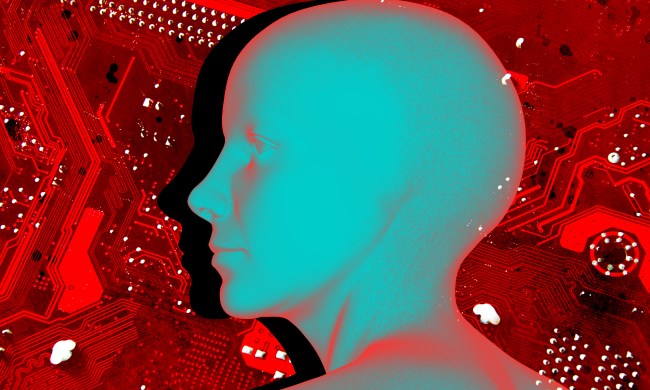Solar power is enormously promising when it comes to providing a source of sustainable energy. But solar panels take up a lot of space, which can limit their appeal and practicality. Enormous solar farms stretching as far as the eye can see might be an option in rural locations where space is readily available. However, go into a city and the number of places you might be able to deploy photovoltaics drastically decreases. Unless robots have anything to say about it, that is.
At the University of Central Florida, researchers have been using machine learning to optimize the materials used to make special solar cells. Their goal? To develop the insights that will make spray-on solar cells, which are applicable just about antwhere, a reality. Such sprayable cells could be used to paint anything from bridges to skyscrapers. It would then capture light and turn it into energy for the electrical grid.
“We [used] artificial intelligence to develop new material compositions to make a comparatively new type of solar cells called perovskite solar cells,” Dr. Jayan Thomas, an associate professor in the university’s NanoScience Technology Center, told Digital Trends. “Unlike the currently available commercial silicon solar cells, these devices are much thinner and the materials can be deposited from solutions. Making the solar cells from [a] solution enables the use of techniques like roll-to-roll or spray coating to make large-area devices very rapidly. This considerably reduces the cost of production.”
In Thomas’ words, the materials to make these kind of solar cells are “dirt cheap.” But the downside is that they’re also toxic and have inferior environmental stability. The researchers hope that, by using artificial intelligence, they can develop better, safer, higher-quality perovskite solar cells. To that end, they fed solar cell performance data from more than 2,000 scientific publications into a machine-learning neural network. The system was able to analyze this information to better predict which perovskites recipe would work best.
“Based on these results, we synthesized new solar cell material composites and measured their properties to test the validity of the model,” Thomas said. “It found that the measured properties match very well with the predicted values.”
While the researchers have yet to develop their own sprayable solar cells, they have laid out important research that others can now use to develop their own materials. Those other researchers had better hurry, though.
“Our next goal is to make new material compositions that can make highly stable solution-processible solar cells based on our predictions,” Thomas said. “Our intention is to make highly flexible solar cells by spray-coating techniques.”


